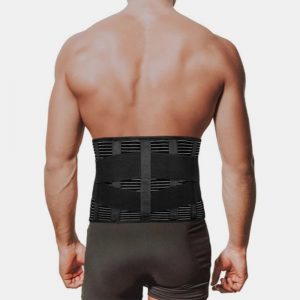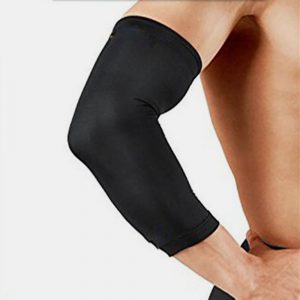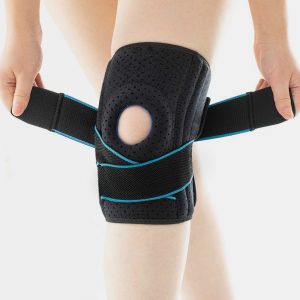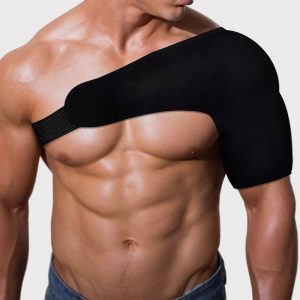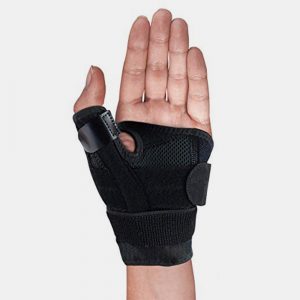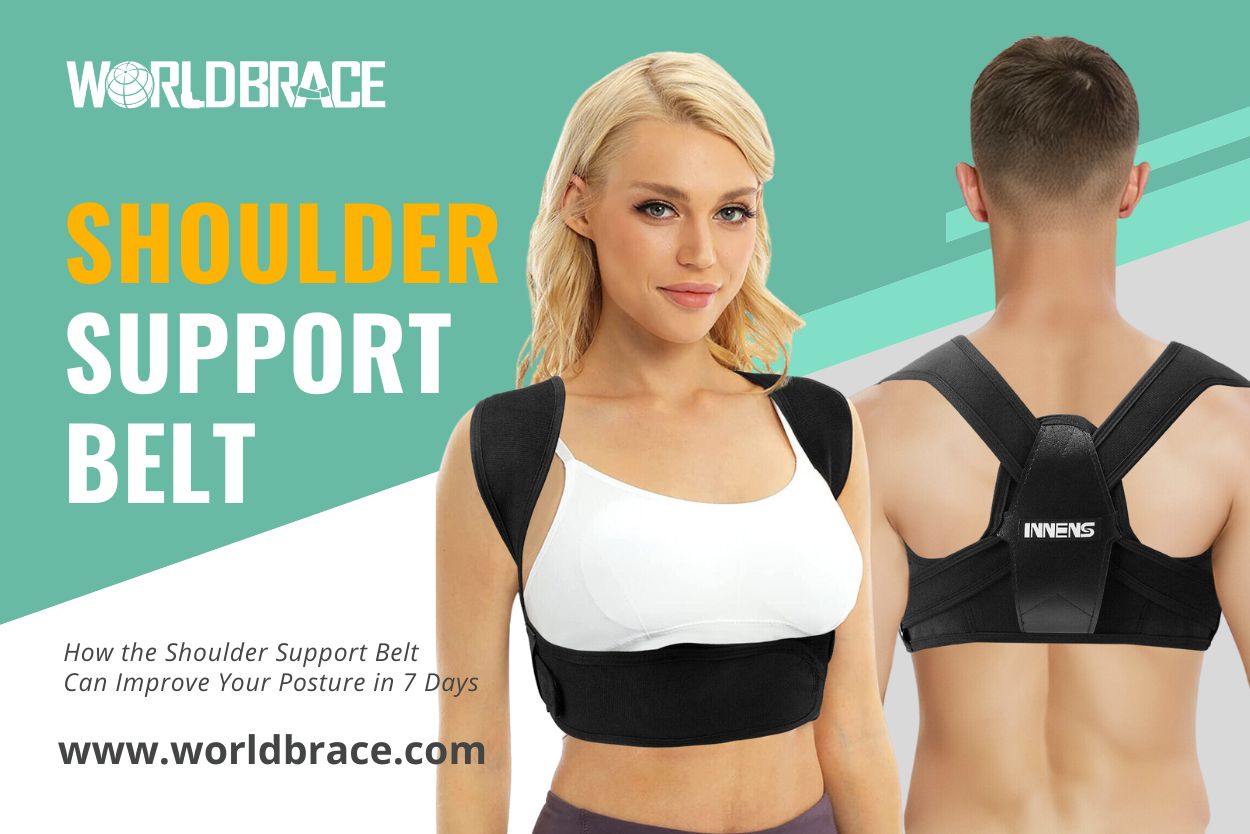
Introduction to Posture and Shoulder Health
Poor posture is a common issue that affects many people, especially those who work at a desk or spend a lot of time sitting. Not only can poor posture lead to discomfort and pain, but it can also negatively impact your overall health. Over time, poor posture can cause stress on the body and lead to chronic pain, tension headaches, and even digestive problems.
The shoulder joint plays a crucial role in maintaining good posture as it connects the arms to the torso and supports the upper body’s weight. A robust and stable shoulder joint is essential for maintaining proper alignment and preventing strain on the neck and back. In addition, the shoulder joint is responsible for many daily movements, such as reaching and lifting.
Shoulder support belts help improve posture and prevent shoulder injuries. A shoulder belt can help maintain proper alignment and reduce strain on the muscles and ligaments by providing support to the shoulder joint. Additionally, shoulder belts can help improve posture by reminding the wearer to sit straight and maintain a neutral spine. With their potential benefits, shoulder support belts can be an effective tool for those looking to improve their posture and alleviate pain caused by poor posture.
How Shoulder Support Belts Work
Shoulder support belts are designed to provide additional support and stability to the shoulder joint. These belts work by limiting the shoulder’s range of motion, which can help prevent further injury or damage to the joint.
The design of shoulder support belts varies depending on the specific type of injury or condition being addressed. Some straps are designed to immobilize the shoulder completely, while others allow for limited movement to help maintain mobility while still providing support.
In addition to limiting the range of motion, shoulder support belts also help to redistribute the arm’s weight, which can help reduce strain on the shoulder joint and surrounding muscles. By supporting the arm’s weight, the belt can help prevent further injury or stress to the shoulder while promoting healing and recovery.
The Benefits of Wearing a Shoulder Support Belt
- Reduced Pain: Shoulder support belts can help to reduce pain and discomfort by providing compression and support to the affected area. This can be particularly helpful for individuals suffering from rotator cuff injuries, tendonitis, or bursitis.
- Improved Posture: Wearing a shoulder support belt can help to improve posture by pulling the shoulders back and aligning the spine. This can be particularly helpful for individuals who spend much time sitting or standing in one position, as poor posture can lead to back pain and other health issues.
- Increased Mobility: Shoulder support belts can also help increase mobility and range of motion by supporting the shoulder joint. This can be particularly helpful for individuals who have recently suffered a shoulder injury and are working to regain strength and flexibility.
- Prevent Further Injury: Wearing a shoulder support belt can also help to prevent further injury or damage to the shoulder joint. Shoulder support belts can help individuals avoid aggravating existing injuries or developing new ones by providing support and reducing the strain on the affected area.
How to Choose the Right Shoulder Support Belt
- Choosing the right shoulder support belt is crucial in ensuring you get the maximum benefits for your specific needs. Here are some key factors to consider when selecting the right shoulder support belt:
- Size: Choosing a shoulder support belt that fits you properly is essential. The size should be based on your body measurements to ensure a snug fit that does not slip or shift during use.
- Material: Shoulder support belts are made of different materials, including neoprene, elastic, and nylon. The material you choose should be comfortable, breathable, and durable.
- Level of support: Shoulder support belts come in varying levels of support, from light to heavy. The level of support you need will depend on the severity of your injury or the amount of support you need for your daily activities.
- Adjustability: Look for an adjustable shoulder support belt to ensure a customized fit. Adjustable straps and fasteners will help you achieve a comfortable and snug fit that will not restrict movement.
- Comfort: Choosing a shoulder support belt that is comfortable to wear for long periods is important. Look for belts with padded straps and breathable materials that will not irritate your skin.
Using a Shoulder Support Belt to Improve Your Posture in 7 Days
In just seven days, you can see a noticeable improvement in your posture with consistent use of the belt. To begin, wearing the shoulder support belt daily for at least 30 minutes is essential, gradually increasing the time worn each day.
In addition to wearing the belt, specific exercises and stretches can be done while wearing the brace to help strengthen the shoulder muscles and improve alignment. These exercises may include shoulder shrugs, arm circles, and wall push-ups. Doorway stretches, and shoulder blade squeezes can also help alleviate tension in the shoulder and upper back areas.
While using a shoulder support belt can be beneficial, it is essential to be aware of potential challenges or setbacks during the 7 days. For example, some individuals may experience discomfort or skin irritation from wearing the brace. To overcome these challenges, it is essential to ensure that the brace is properly fitted and adjusted for your body and gradually increase the amount of time worn each day. Additionally, taking breaks from wearing the brace and using heat or ice therapy may help alleviate discomfort or irritation.
Conclusion:
In conclusion, a shoulder support belt can be a highly effective tool for improving posture and reducing discomfort in the shoulder and back areas. Choosing a high-quality product from a reputable manufacturer and supplier is important. For those looking to purchase a shoulder support belt, WorldBrace is a leading brand based in China that offers wholesale options for retailers and individuals alike.


